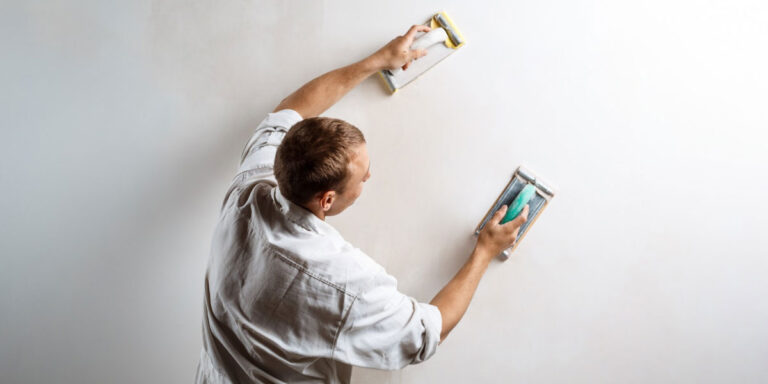CITB Approved NVQ
It’s possible to fully fund this qualification, look at the options below
Funding opportunities via the MOD’s Enhanced Learning Credits (ELC) Scheme are available for both service personnel and service leavers. Those with six years of service experience can receive up to £1,000 per claim instalment, while individuals with eight years of service experience may be eligible for up to £2,000 per claim instalment.
Before you start work on your qualification you will meet with your assessor to discuss what you need to do to complete your qualification. This can include:
As part of this meeting, you will discuss the skills and knowledge you may already have, and decide how this can be used towards your qualification. This process is sometimes called a skill scan.
Once you have chosen your units you will make and agree an assessment plan with your assessor. This will show:
The plan should also indicate the methods of assessment to be used to collect your evidence. Evidence can include:
In the event of a cancellation or deferment, we provide fully transparent terms and conditions.



Our Level 2 NVQ Diploma in Plastering provides comprehensive assessment in the art and science of plastering, preparing candidates for careers in interior and exterior surface finishing. Candidates will demonstrate how to prepare surfaces, apply plastering materials, and achieve smooth and durable finishes using a variety of techniques and tools. With a focus on craftsmanship, attention to detail, and safety best practices, successful candidates will be prepared to work as plasterers, drywall installers, or finishing specialists in residential, commercial, and industrial construction projects.
These Credits Must Be Achieved In The Correct Combination From Mandatory And Optional Units: This Qualification Has 3 Mandatory Units, Which Have A Total Of 10 Credits And Several Groups Of Optional Units Covering The Various Pathways Within The Qualification.
Mandatory Units (Credits: 18 Minimum, 18 Maximum):
Optional Units Credits: 11 Minimum, 11 Maximum)
Mandatory Units (Credits: 44 Minimum, 44 Maximum)
Optional Units (Credits: 25 Minimum, 25 Maximum)
Mandatory Units (Credits: 27 Minimum, 27 Maximum)
Mandatory Units (Credits: 44 Minimum, 44 Maximum)
The method of assessment is a one-step journey:
Completing an NVQ doesn’t require you to take traditional exams. Instead, assessment is based around your competency in fulfilling your job role duties to meet occupational standards. Assessors will evaluate you based on the contents of your portfolio. It’s essential to maintain this portfolio with evidence showcasing the tasks, duties, and accomplishments you’ve accomplished in work.
Not sure when your card expires? You can either download the CSCS Smart Check app on App Store or Google Play to check any construction industry card displaying the CSCS logo, or you can use the online card checker.
Achieved a construction related NVQ/SVQ level 2 or SVQ at SCQF level 5.
or
Completed an apprenticeship, such as an Employer sponsored apprenticeship, a City and Guilds Craft Certificate (CGLI) or a CSCS Approved Apprenticeship Standard.
If you aren’t sure which HS&E test is relevant to your occupation, use the Card Finder to find the relevant route.
The quickest and most convenient way to apply for your Blue Skilled CSCS card is via the CSCS online application service.
An Internet Test Centre (ITC) is a centre approved by CITB to provide testing facilities for tests such as the Health, Safety and Environment (HS&E) test and Managers and Professionals (MaPs) test as well as many more.
Completing the HSE tests is a step towards your CSCS card, you will also need your individual course or qualifications depending on which card you want, for example the Green Labourers CSCS card you will have to have completed a Level 1 H&S or CITB Health & Safety Awareness Course and a CITB HS&E Operatives Test to apply for your Green Labourers CSCS card.
View the different coloured cards to view which qualifications and CITB Tests you require or head over to the CSCS Card Finder for a more detailed search.
Courses & Qualifications

All of our NVQ assessors are fully qualified and extensively experienced; each having worked within their industry for years, whilst acquiring extensive knowledge.

Our NVQs are designed to work around you, using a range of assessment methods coupled with our online ePortfolio – providing you with the flexibility to complete your chosen NVQ at a pace that suits you and your working life.

24/7 access to your NVQ ePortfolio means that you can upload your evidence at a time to suit you – not within the restrictions of a set timeframe. Plus, with ePortfolio access via mobile phone, you can also capture evidence on the go, quickly and efficiently.
Join our newsletter community today to receive exclusive updates, expert tips, and special offers straight to your inbox, empowering you to stay informed and inspired on your safety journey.
Talk to humans
+44 0330 1242165
hello@acadame.co.uk